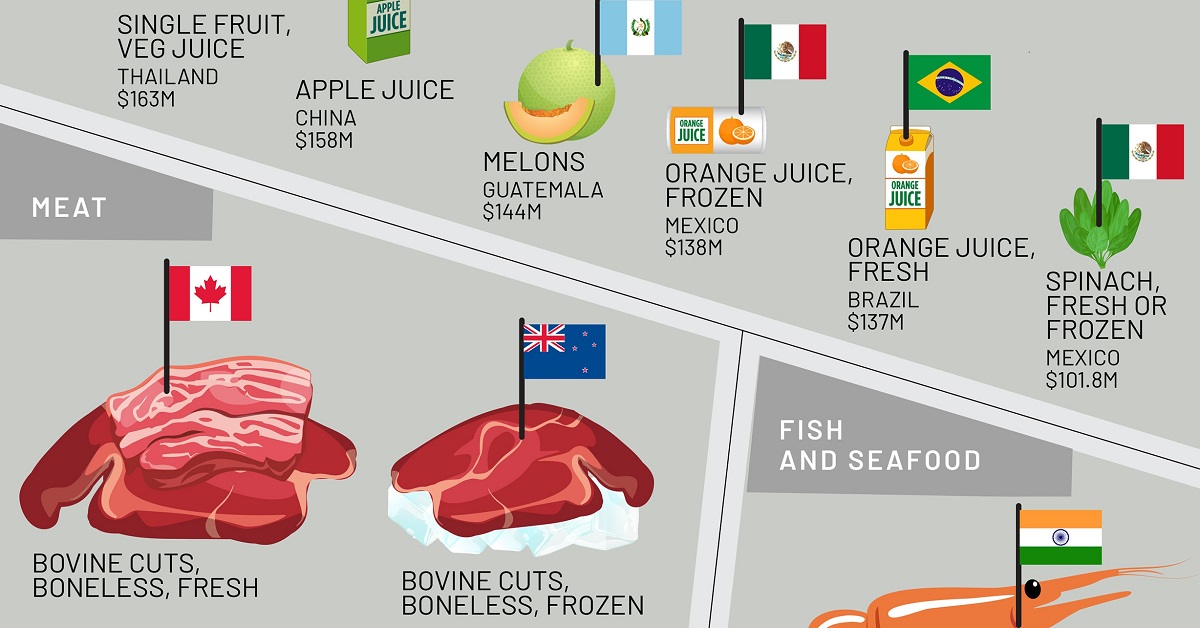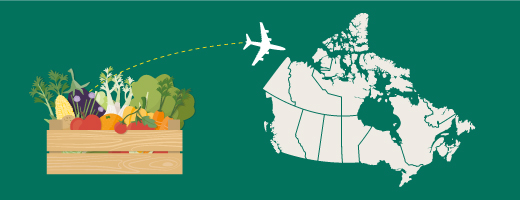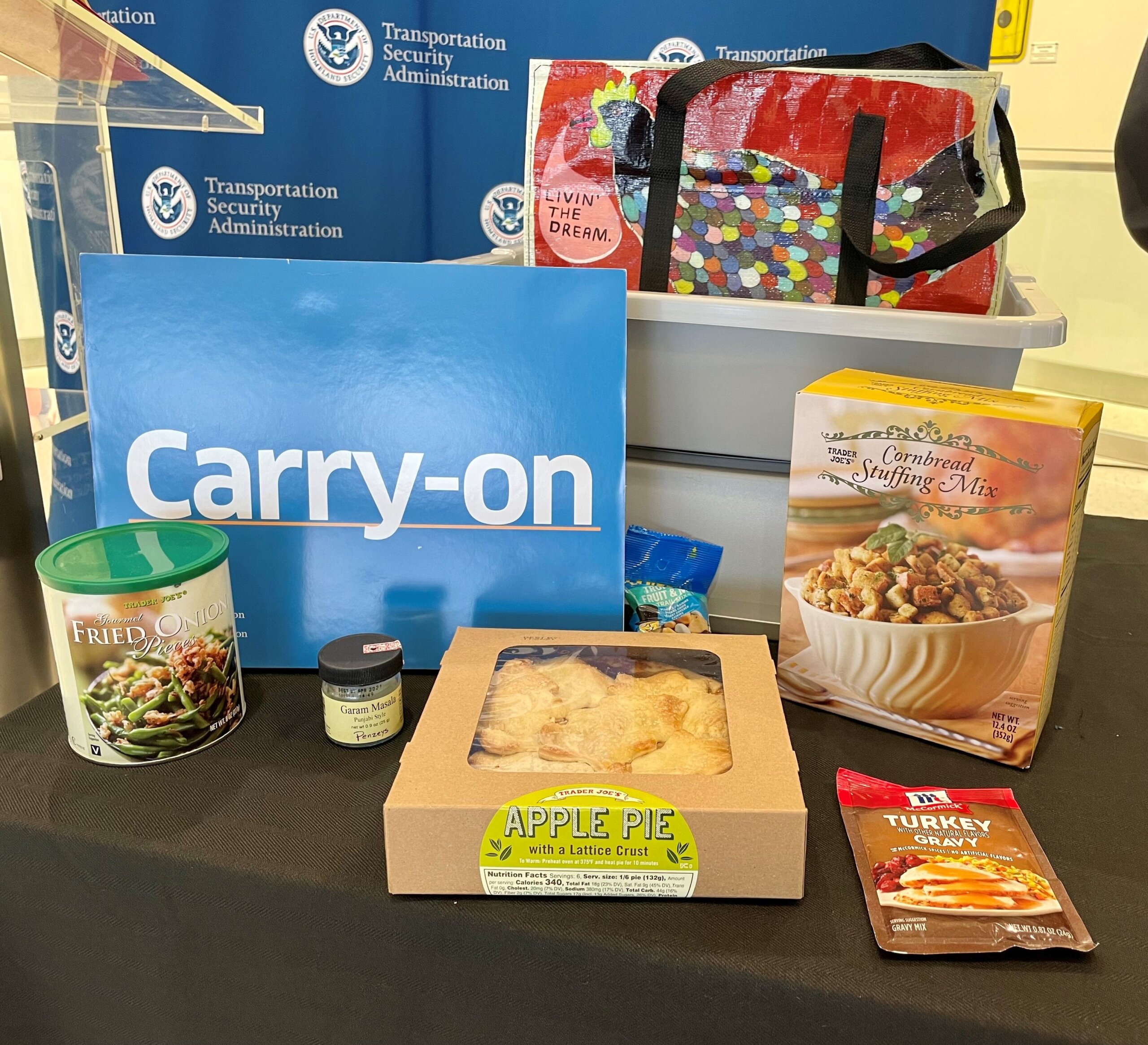Can You Bring Food Into Canada
:max_bytes(150000):strip_icc()/what-can-i-bring-to-canada-1481670_v1-5ba4034bc9e77c0025a6d118.png)
Crossing the border into Canada often involves more than just flashing a passport. For many travelers, the question of bringing food items across the border looms large, fraught with potential delays, fines, or even denied entry. Understanding the complex web of regulations surrounding food imports is crucial for a smooth and compliant border crossing.
This article provides a comprehensive guide to navigating Canada's food import rules. It clarifies which items are permitted, restricted, or prohibited, drawing on official statements from the Canadian Food Inspection Agency (CFIA) and other credible sources. It aims to equip travelers with the knowledge needed to avoid costly mistakes and ensure a hassle-free entry into Canada.
Understanding the Basics: What's Allowed and What's Not
The CFIA maintains a strict regulatory framework designed to protect Canada's agriculture, environment, and public health. This framework heavily influences what food items can be brought into the country.
Generally, commercially packaged and shelf-stable foods are more likely to be permitted, provided they meet labeling requirements. However, fresh produce, meat, dairy, and certain plant products are subject to stricter scrutiny due to potential risks of pests, diseases, and invasive species.
Meat and Poultry: Navigating the Restrictions
Bringing meat and poultry into Canada requires careful attention to detail. Restrictions vary based on the animal's origin and the specific product.
For example, beef from countries affected by Bovine Spongiform Encephalopathy (BSE), commonly known as mad cow disease, may be prohibited. Similarly, poultry products from regions experiencing outbreaks of avian influenza often face import restrictions.
Travelers should always declare any meat or poultry products and be prepared to provide documentation regarding its origin. The CFIA provides detailed import requirements for different countries and products on its website.
Fruits and Vegetables: A Minefield of Regulations
Fruits and vegetables pose a particular challenge due to the risk of introducing plant pests and diseases. Many seemingly harmless items are subject to restrictions.
For instance, certain types of fresh produce from specific regions might be prohibited due to the presence of agricultural pests. The CFIA uses its Automated Import Reference System (AIRS) to give comprehensive guide to import requirements including commodities that are allowed.
Always declare all fruits and vegetables and be prepared for inspection. Failure to declare could result in penalties.
Dairy Products and Eggs: Exercise Caution
Dairy products and eggs are also subject to import restrictions. Generally, commercially produced and packaged dairy products are more likely to be allowed, but restrictions can apply based on the country of origin.
Raw milk and certain types of cheese may be prohibited. Eggs must be inspected and meet specific health standards.
It's best to check with the CFIA for the latest regulations before attempting to bring dairy products or eggs into Canada.
Declaration is Key: Honesty is the Best Policy
The most important rule when bringing food into Canada is to declare everything. Even if you are unsure whether an item is permitted, declare it.
Failure to declare food items can result in significant fines, seizure of the goods, and potentially even denied entry into Canada. Border services officers are trained to detect undeclared items, and the consequences of non-compliance can be severe.
Be prepared to answer questions about the food items you are carrying, including their origin, intended use, and whether they are for personal consumption. Honest and transparent communication is essential for a smooth border crossing.
Resources and Tools: Staying Informed
The CFIA website is the primary resource for information on food import regulations. It provides detailed information on specific commodities, country-specific restrictions, and labeling requirements.
The Automated Import Reference System (AIRS) is a valuable tool that allows travelers to quickly determine the import requirements for specific food items. This tool allows users to search for import requirements based on product, country of origin, and intended use.
Travelers can also contact the CFIA directly with specific questions or concerns. Proactive communication can help avoid misunderstandings and ensure compliance.
The Bigger Picture: Protecting Canada's Resources
The strict regulations surrounding food imports are in place to protect Canada's agriculture, environment, and public health. The introduction of foreign pests, diseases, and invasive species can have devastating consequences for the country's economy and ecosystems.
By complying with import regulations, travelers play a crucial role in safeguarding Canada's natural resources and ensuring a sustainable future. Understanding the reasons behind these regulations can help travelers appreciate their importance.
Furthermore, the protection of public health is paramount. Certain food items may carry health risks if not properly inspected or handled, potentially leading to outbreaks of foodborne illnesses.
Looking Ahead: Adapting to Evolving Regulations
Food import regulations are subject to change based on evolving risks and scientific evidence. The CFIA regularly updates its policies to address emerging threats and ensure the continued protection of Canada's resources.
Travelers should stay informed about the latest regulations by regularly checking the CFIA website and consulting with border services officers. Proactive awareness is key to navigating the complexities of food imports.
In the future, we can expect to see increased use of technology, such as mobile apps and online resources, to provide travelers with real-time information on import regulations. This will further simplify the process and promote compliance.



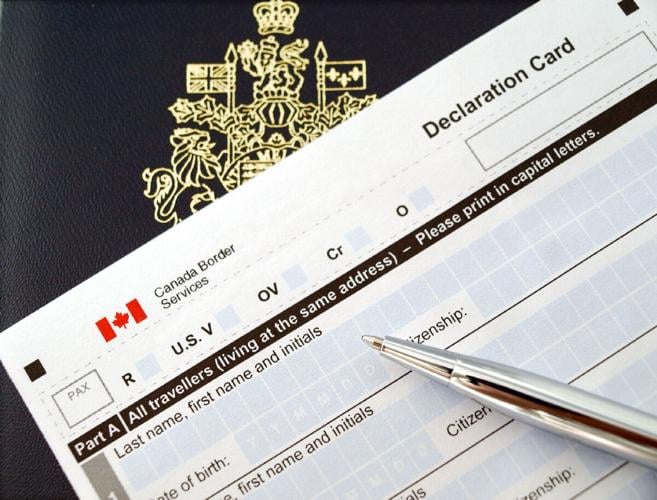
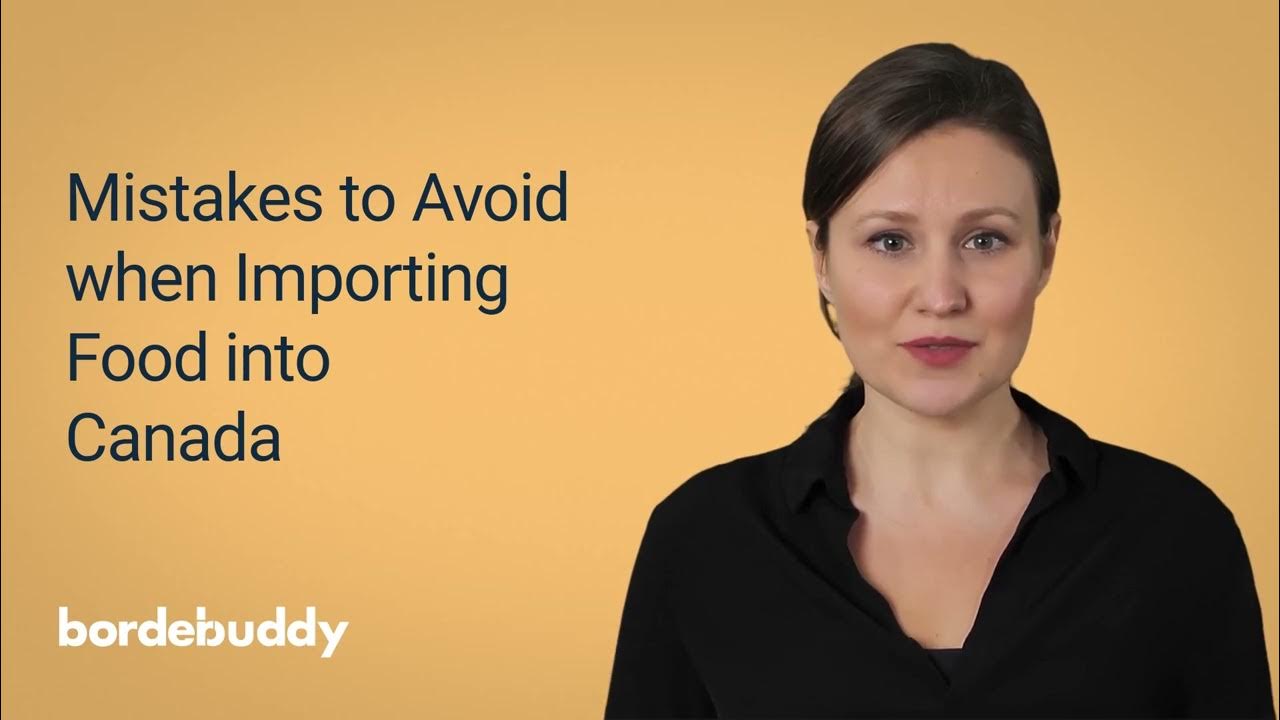
:max_bytes(150000):strip_icc()/what-you-can-and-cant-bring-into-canada-3371025_final-5a520d022d704548a8aa67a33f1e671c.png)
